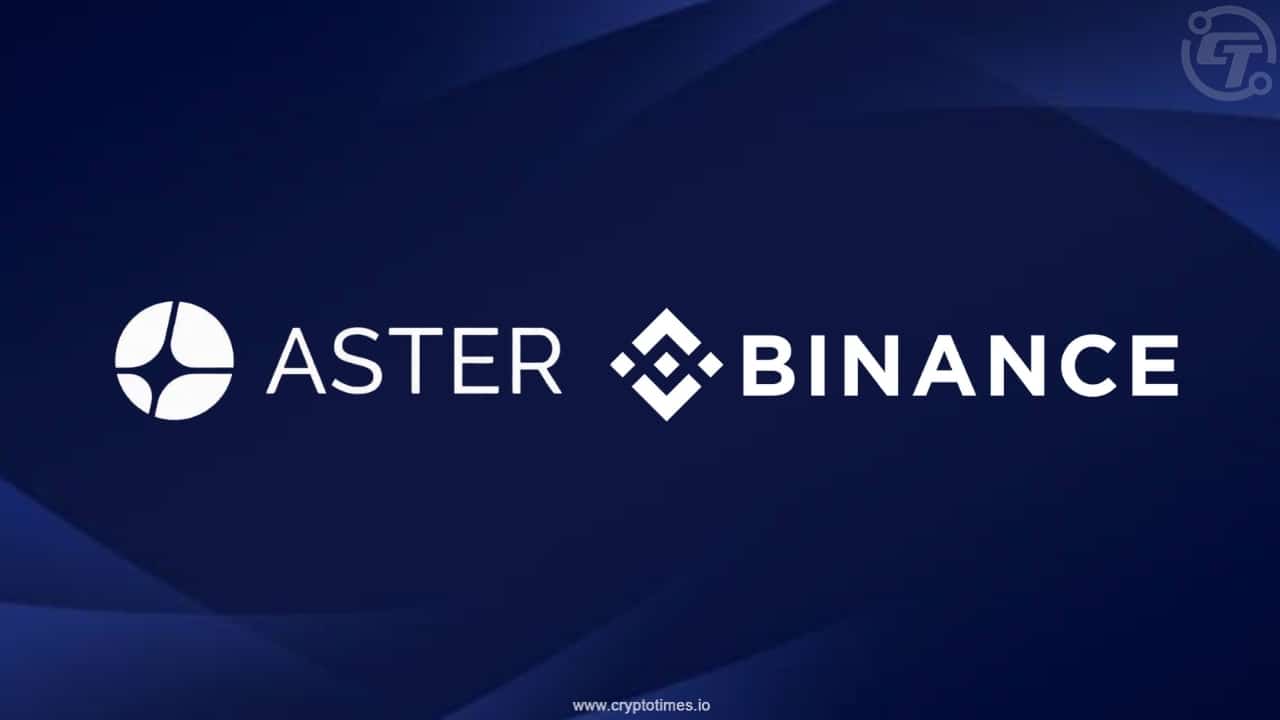The Aster community is under heavy fire after prominent analysts and traders accused the decentralized perpetuals exchange of faking trading volumes to boost visibility ahead of its Binance listing. The allegations surfaced after decentralized finance (DeFi) analytics platform DefiLlama delisted Aster from its dashboard, citing suspicious trading activity that mirrored Binance’s own metrics almost exactly.
Users on X tore into Aster, accusing it of fabricating activity to add credibility. “Aster volumes being totally fake shows how much of crypto is run by financial criminals,” wrote trader 0xSisyphus, calling it a symptom of a market “bought and paid for.”
Others, like knveth, echoed the sentiment, questioning why anyone was surprised by Aster’s behavior, arguing that “faking volume has always been part of its playbook.”
Aster’s delisting from DeFiLlama
DefiLlama founder 0xngmi said the delisting came after Aster failed to provide transparency into trade-level data. “It doesn’t make it possible to see who’s making and filling orders,” he noted, describing a setup typical of internal wash trading loops.
The controversy erupted just a day after Binance confirmed Aster’s listing on its Spot Market, adding ASTER/USDT, ASTER/USDC, and ASTER/TRY pairs. The exchange’s decision followed weeks of heightened trading and a 7,000% price surge that briefly made Aster one of the top performers in DeFi.
Aster, backed by YZi Labs, had previously celebrated surpassing $1 billion in total value locked (TVL) and 330,000 users within 24 hours of its token launch. The project positioned itself as a competitor to perpetual platforms like Hyperliquid and dYdX, touting deep liquidity and strong user onboarding.
Aster’s Binance debut sparks manipulation debate
Yet the allegations now threaten to undermine that momentum. Critics argue the timing of Aster’s surge, immediately preceding Binance’s listing, raises concerns of market manipulation. Despite this, Binance defended its decision, stating that the listing met internal criteria and that the exchange “monitors all listed assets for compliance and abnormal activity.”
The unfolding backlash highlights growing tensions between centralized exchanges and DeFi projects accused of artificially inflating metrics to appear more successful than they are. While Aster’s defenders claim its volume spike reflected genuine pre-listing hype, others see it as part of a recurring pattern, where data opacity enables manipulation to go unchecked.
Aster’s rapid ascent, from crossing $1 billion TVL to securing a Binance spot, mirrors the industry’s appetite for high-growth DeFi plays. With its volumes under fire, Aster now faces a harsher test, to prove the trades are real, or become another reminder that hype still moves crypto more than users.
Also read: Rage Trade Winds Down, Plans Cash Return to Holders












